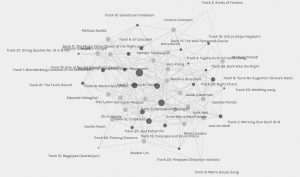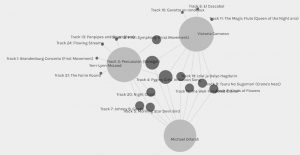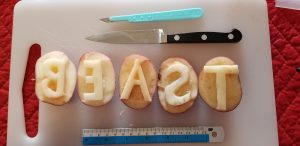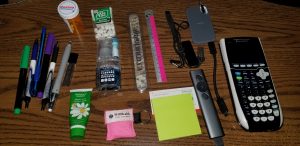Since I am a teacher, I tried to focus on what my school might look like 30 years from now.
Utopia 2050
How strange it feels to be back in the halls of Big Rock Secondary School. Has it really been almost 30 years since I quit teaching here? It must be since it was during the Covid-19 pandemic that I quit teaching. If what I see is the state of education today, I think I should have continued teaching until retirement.
This is definitely not the school of thirty years ago. The building looks new and modern. I guess they finally did get the funding that was promised almost forty years ago to build a new school. What is happening inside the building is unrecognizable.
I was greeted at the front door by the security bot. As with any public space, a background check was done to make sure it was safe for me to enter. It was a quick and painless process – facial recognition and a simple DNA test to confirm my identity. I almost got swept away by the Custodian 3000. No more humans to keep the school clean.
There are so many students, of all ages. Last time I was here, the halls and the classrooms were almost empty. So many students did not see a purpose for being at school. I can hardly blame them. What good would an education in a system developed during the Industrial Revolution do them?
I smell food, so this must be the cafeteria. There are robots in the back of the kitchen, preparing food, cooking, and cleaning. Not a human in sight. There is a lineup of drones ready for delivery. Students must have placed their orders already.
There is this new device that has replaced phones, laptops, Chromebooks, and tablets and is small enough to fit in your pocket. Communication, social media spaces, word processing, video production, virtual reality experiences, and more – all in one place. All students have access to one and they are upgraded each year. There are no concerns about whether all students have access to the tools necessary to be successful at school. All people have access to a high speed network connection, allowing universal access to the internet. Content and social media is monitored on the network so that students do not have access to inappropriate posts. Cyberbullying is non-existent.
I didn’t hear a bell, and yet students are moving about in the halls. There doesn’t appear to be much order, but everyone seems to be moving with purpose. This is because each student has an individual educational plan. Artificial intelligence is used to create a plan and modify it based on activities and accomplishments of students. Each student has their own path to graduation and a career. Schedules can even change from day to day, depending on the learning needs of the student.
Each classroom I pass by has a teacher, at least that’s one thing that has not changed. Teachers are acting as facilitators. They are guiding students along their individual paths, helping students who have common goals work together, and making sure students have the supports they need. Those students with learning difficulties or disabilities have both teachers and AI providing support. AI is able to automatically adjust things like reading level of texts or provide speech to text or text to speech services.
Dystopia 2050
How strange it feels to be back in the halls of Big Rock Secondary School. Has it really been almost 30 years since I quit teaching here? It must be since it was during the Covid-19 pandemic that I quit teaching. If what I see is the state of education today, I think I made the right decision to leave before retirement.
I expected things to be much different than they were 30 years ago. The building is the same. I guess they never did get the funding that was promised almost forty years ago to build a new school. It appears as if not much has changed.
Upon pressing the buzzer at the front door, I was let into the building. I am not greeted at the entrance, so I’m not sure who, or what is keeping track of visitors. It seems kind of dangerous to me, it is a school after all.
Class must be in session as I don’t see anyone in the halls except for one custodian, mopping the floor. There really should be a better way of taking care of those kinds of jobs. You would think someone would have come up with a robot that could clean the floors.
As I make my way down the hall, the bell rings. I can’t believe it is the same teeth-rattling noise from thirty years ago. Apparently students still have strict schedules to follow. That’s not even how the world of work operates anymore. Very few students exit from the rooms. It seems as if school is not engaging for young people and attendance is still an issue. Teachers that I see in rooms look tired and stressed.
Two kids start yelling and pushing each other. One says something about what the other posted online yesterday. Still no way to control social media? I dealt with these same problems many years ago.
They are carrying a variety of devices and backpacks full of what I assume are textbooks. I figured that by this time, everything would be digital. Some of the laptops and tablets look like they are a decade old. It is not really surprising, given that parents are expected to provide devices for their children and not every family can afford the newest and best. Those children are destined to be left behind. I can only imagine the challenge for teachers. How can they implement any program when there is such diversity in technology? What about those with special learning needs, do they have the technology and support they need? It seems as if they will most likely be left behind as well. Success and graduation looks like it is only possible for those that can afford it.







